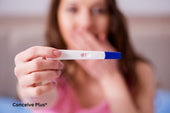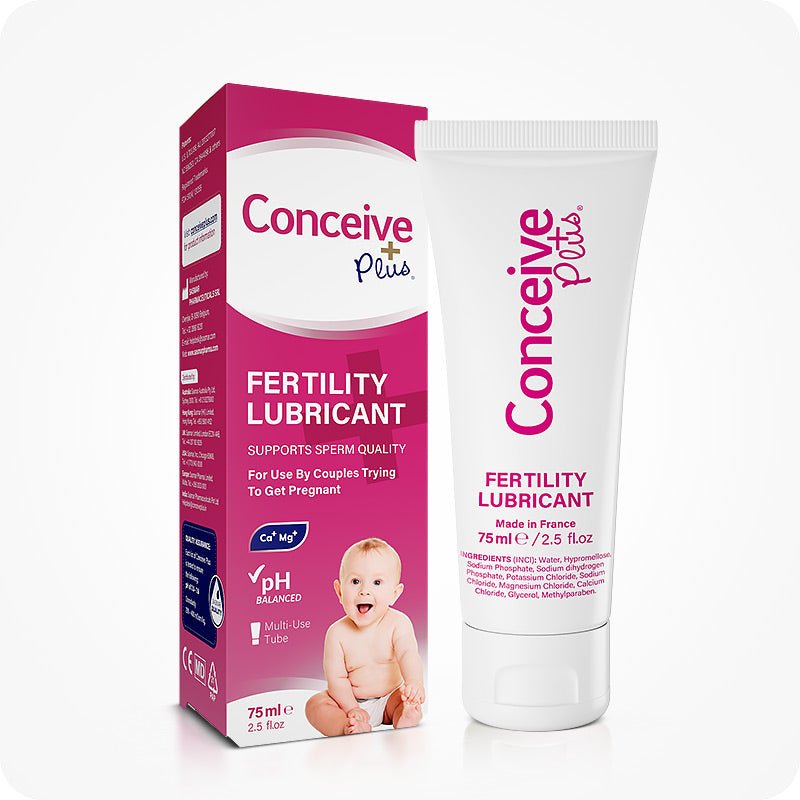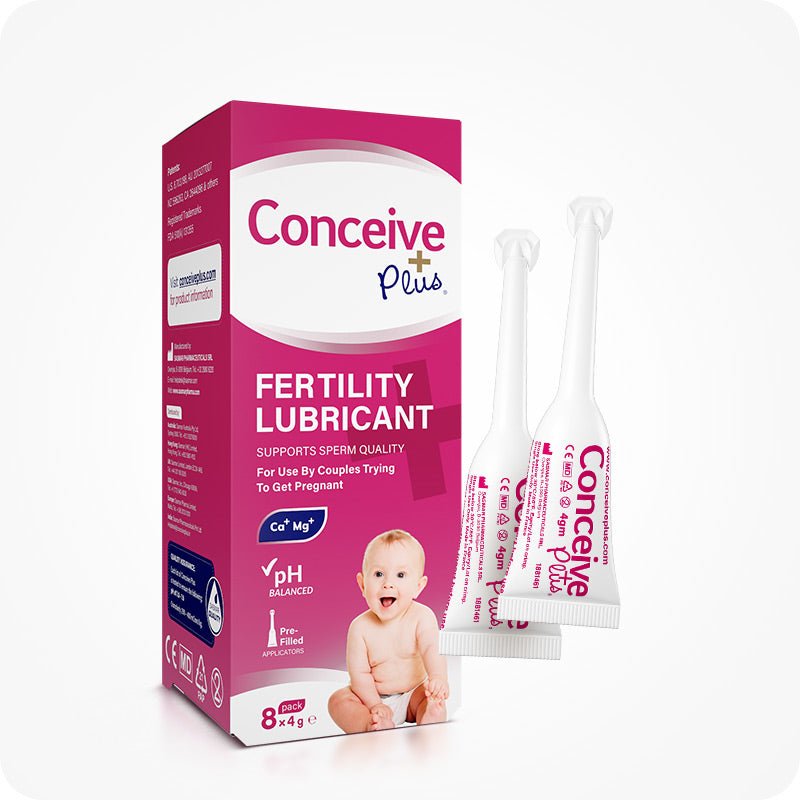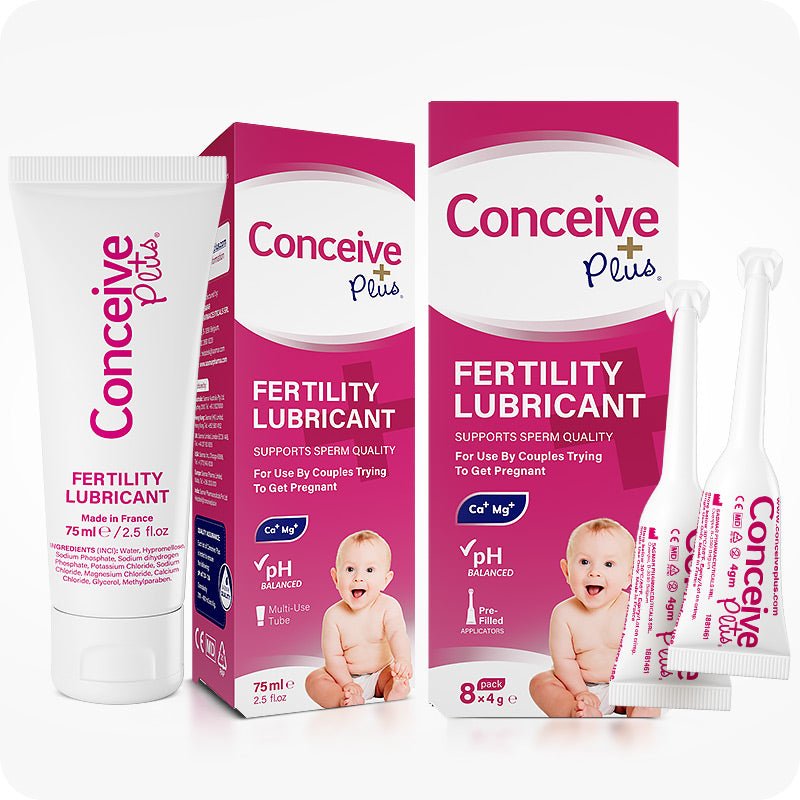How to Conceive a Boy Naturally with the Best Timing and Tips

The minute you research how to conceive a boy, you might encounter more questions than answers. There are folks who say timing is critical, others who emphasize diet, and still some who believe it’s mostly luck. Actually, so many factors can shape the chance of having a boy or a girl, that it’s easy to get overwhelmed. But no one can deny that couples who long for a baby boy tend to seek every possibility they can find. Keep reading if you’re interested in a natural approach that might tilt the scales, or if you’re simply curious about the theories floating around.
Understanding Basic Reproduction
To appreciate the process of conceiving a boy, it’s good to start with fundamentals. Each egg from the female carries an X chromosome. The sperm from the male can bring either X or Y. If a Y meets the egg first, that can produce a boy, but if it’s an X, then that can produce a girl. The odds may stand near fifty-fifty, though some smaller influences can shift the outcome in subtle ways. Sperm quantity, sperm health, and the exact timing of ovulation all matter. Another crucial factor is the environment in which sperm travel, and that environment is shaped by the female’s body chemistry [1].
Some couples believe that beyond these basic factors, it’s mostly chance. Others are convinced they can make small adjustments. The truth is probably somewhere in between. You can try different tactics, but nothing is guaranteed. No matter what you do, the result can still be unpredictable.
Why Some Couples Desire a Boy
It’s normal for families to hope for a certain gender. Some folks want a boy if they already have daughters, or vice versa. Others might sense cultural pressure, or have personal dreams that revolve around raising a son [2]. Actually, longing for a boy can be a purely emotional wish, with no specific logic to it. Yet, wanting one can turn into a quest, especially if you keep hearing stories about how to sway the odds.
But it’s vital to keep expectations in check. Even if you read 100 articles on how to concieve a boy, real life may not follow your plan. That said, people love to talk about timing or methods that might, in some small way, help male sperm outpace female sperm.
Timing Intercourse Near Ovulation
Many are convinced that the best time to conceive a baby boy after periods is right on, or very close to, the day of ovulation. According to one popular idea, Y-bearing sperm are speedier but can’t survive too long. So if you wait until your ovary releases an egg, the male sperm might race ahead and get to that egg first. But if you try too early, the female sperm (often described as slower but sturdier) may remain viable longer. This timing approach is also sometimes called the Shettles Method, though many experts say evidence is inconclusive [3].
Some women track their cycles using basal body temperature or ovulation test kits. Others watch for changes in cervical mucus. Once you’re confident about your fertile window, you can aim for intercourse on the day ovulation is likely happening. This method doesn’t guarantee results, but a lot of couples still prefer to attempt it.
Checking the Fertile Window
Your fertile window is typically the five days before ovulation plus the day of ovulation itself. But if you’re trying to figure out how to get a boy, you might want to cut it closer to the final hours of that window. After your period, keep track of day one as the day you first experience menstrual flow. Then, if your cycle is often around 28 days, ovulation might occur near day 14. If your cycle is shorter or longer, you might have to adjust [4].
Even with precise tracking, bodies can be surprising. Stress or illness can shift your cycle. It’s also wise to remember that sperm can live in the reproductive tract for a short time, so missing your timing by a bit may still lead to pregnancy.
The Role of Diet and pH Levels
Some folks wonder if they can tweak their body environment enough to favor Y sperm. They might say a less acidic or more alkaline vaginal environment is friendlier to Y. Or they might say you should focus on certain foods, especially those rich in potassium, like bananas or potatoes. For example, a belief that extra salt and more red meat can influence a boy’s arrival is common in some circles. However, scientific data on that is limited [5].
Nonetheless, a healthy pregnancy diet is never a bad idea. A combination of key nutrients, such as iron, vitamin C, vitamin E, magnesium, and calcium, can help maintain overall fertility. Folic acid fosters cell growth and prevents neural tube defects. Another set of nutrients includes Myo-inositol and D-chiro-inositol, known for their effect on hormonal balance, especially in women with PCOS. CoQ10 is also praised for its antioxidant effect, safeguarding eggs and sperm from oxidative stress.
Try to find a comfortable diet that supports fertility in general, which might also support your attempt at how to get baby boy, even if there’s no definitive proof about that correlation.
Sperm Environment and Lubricants
The pH environment that sperm encounter can impact their survival. Some prefer the idea of using fertility-friendly lubricants that contain ions like calcium and magnesium. They believe these might help keep sperm motile and viable [6]. The idea is to provide a medium that doesn’t harm Y sperm. Although, it’s not proven that these lubricants alone can guarantee how to make a boy.
Still, dryness or harsh chemicals in typical lubricants may hinder sperm movement. So, if you’re actively trying to conceive, it’s usually suggested to choose a mild lubricant with sperm-friendly properties. The more natural the environment, the better for the sperm’s journey.
Stress, Lifestyle, and Daily Habits
We all know stress can disrupt many bodily processes, including hormones. When you’re keen on how to make sure you have a boy, you might be so focused that you stress yourself out. High levels of stress can reduce libido, hinder ovulation, and even impact sperm quality. And that can overshadow any timing or diet strategy you try. Minimizing tension, if possible, is beneficial for both partners.
Lifestyle tips often suggested: get enough sleep, reduce smoking or alcohol, and maintain moderate exercise. Some say that men should avoid tight underwear and very hot baths, so as not to overheat the testicles [7]. These everyday changes won’t specifically guarantee a boy, but might contribute to higher overall fertility success.
Key Fertility Ingredients You Might Explore
Various vitamins and minerals can support healthy reproductive function. For both men and women:
- Vitamin D (cholecalciferol): Vital for hormonal balance and healthy bone structure.
- B vitamins (B1, B2, B3, B5, B6, B9, B12): Support metabolism and energy production. B6, for instance, is believed to be crucial for hormone regulation.
- Zinc: Important for healthy sperm formation, hormone metabolism, and improved immune function.
- Selenium: An antioxidant that assists in sperm production.
- Biotin: Helps in cell growth, including cells in the reproductive system.
- Folic acid: Encourages healthy fetal development and reduces neural tube defect risk.
Additionally, some pregnant couples add L-arginine, which is an amino acid that can enhance blood flow to reproductive organs [8]. Taurine also helps reduce stress and supports cell well-being. For men, certain extracts like maca root or ginseng have been linked to improved sperm motility and hormone balance. Meanwhile, CoQ10 (Ubiquinone) is admired for supporting cellular energy in eggs and sperm.
Additional Tips for Conceiving a Boy
Some people tout a variety of random hacks for how to concieve a boy. For instance, one rumor says you should drink a caffeinated beverage just before intercourse, so that male sperm get a quick energy boost [9]. Another says the man should release his sperm as close to the cervix as possible, with deeper penetration, so the Y sperm have a shorter distance to go. Then there’s the classic recommendation that the woman reaching orgasm first might yield a more alkaline environment. Are any of these fully proven? Not exactly. But they often come up in casual conversation.
If you feel open to these ideas, you can see them as harmless experiments. If they add a little fun, wonderful. Just recognize that science doesn’t fully back them. Also, if you try them all at once, it might add unneeded pressure. Let yourself relax and enjoy the time with your partner, rather than turn it into a high-stakes race.
Emotional Well-Being During the Process
It’s really easy to obsess over ways to conceive a son, especially if family members or friends add to the pressure. You might dwell on whether your timing is correct or if you consumed enough bananas that day. But your mental health matters more than you might think. Too much anxiety can make it harder to conceive [10]. It can also dampen the joy of your relationship, which ironically can reduce the chances of consistent intimacy.
Additionally, negativity or disappointment can harm your emotional state if you don’t get a boy right away. So proceed with gentleness. If you find you’re overly anxious, you might consider speaking with a counselor. Some couples also join groups with others who are on the same journey, to share experiences in a supportive environment.
A Few Words on Medical Intervention
For couples who strongly desire a boy, certain advanced fertility methods do exist. Sperm sorting is one, where sperm are separated by X- or Y-chromosome. Another method is IVF with genetic testing of embryos (PGD). This allows doctors to know the gender before implantation [11]. However, these medical interventions can be costly, stressful, and regulated differently depending on where you live.
They also carry ethical dilemmas for some people. Many places only allow sex selection for serious medical reasons, not for family balancing alone. If you decide to go that route, be sure to thoroughly research local laws and weigh the emotional and financial costs.
The Bottom Line
In your quest to discover how to conceive a boy, you’ve seen there are numerous ideas, from timing intercourse around ovulation to altering your diet or environment. Some revolve around hoping Y sperm outraces the X sperm in crucial moments. Others rely on potential pH changes or deeper penetration. You can try them all or just a few. Each couple’s situation is unique.
While nature may still have the biggest say, it’s okay to incorporate the tips that resonate with you. Watch your lifestyle, reduce stress, and consider beneficial nutrients for fertility. Also, maintain an open heart. If life grants you a baby girl instead, she could light up your family just as brightly. In the end, your ultimate goal might simply be a healthy and cherished child.
FAQs
Can certain foods guarantee a boy?
It’s not guaranteed. Some people like to focus on foods with more salt or potassium, believing they can shift the chances. Others see no difference. Eating healthy is still wise for overall fertility though.
How soon should I test for pregnancy after trying for a boy?
Most people wait around two weeks from ovulation before using a home pregnancy test. Testing too soon may lead to inaccurate results.
Does having an orgasm first truly raise the odds of a boy?
There’s a theory that an orgasm might make the vagina more alkaline, giving Y sperm a boost. This isn’t backed by strong research, but some couples like to try it anyway.
What if I track ovulation and still can’t conceive a boy?
It can be frustrating, but keep in mind that many elements can affect conception. It might help to double-check your timing or speak to a specialist.
Do men really need to switch from tight briefs to boxers?
Some believe that cooler conditions benefit sperm count in general. While it might not guarantee you get a boy, it can promote healthier sperm overall.
Citations
- Eisenberg, M. L., Sapra, K. J., Kim, S. D., Chen, Z., & Buck Louis, G. M. (2017). Semen quality and pregnancy loss in a contemporary cohort of couples recruited before conception: data from the Longitudinal Investigation of Fertility and the Environment (LIFE) Study. Fertility and sterility. Available at: https://pubmed.ncbi.nlm.nih.gov/28863939/
- Carol, S., & Hank, K. (2019). Natives' and Immigrants' Gender Preferences for Children in Germany. European journal of population = Revue europeenne de demographie. Available at: https://pmc.ncbi.nlm.nih.gov/articles/PMC7113328/
- Gray R. H. (1991). Natural family planning and sex selection: fact or fiction?. American journal of obstetrics and gynecology. Available at: https://pubmed.ncbi.nlm.nih.gov/1836712/
- Stanford, J. B., White, G. L., & Hatasaka, H. (2002). Timing intercourse to achieve pregnancy: current evidence. Obstetrics and gynecology. Available at: https://pubmed.ncbi.nlm.nih.gov/12468181/
- Cetin, I., Berti, C., & Calabrese, S. (2010). Role of micronutrients in the periconceptional period. Human reproduction update. Available at: https://pubmed.ncbi.nlm.nih.gov/19567449/
- Agarwal, A., Deepinder, F., Cocuzza, M., Short, R. A., & Evenson, D. P. (2008). Effect of vaginal lubricants on sperm motility and chromatin integrity: a prospective comparative study. Fertility and sterility. Available at: https://pubmed.ncbi.nlm.nih.gov/17509584/
- Jung, A., & Schuppe, H. C. (2007). Influence of genital heat stress on semen quality in humans. Andrologia. Available at: https://pubmed.ncbi.nlm.nih.gov/18076419/
- Stanislavov, R., & Nikolova, V. (2003). Treatment of erectile dysfunction with pycnogenol and L-arginine. Journal of sex & marital therapy. Available at: https://pubmed.ncbi.nlm.nih.gov/12851125/
- Wilcox, A. J., Weinberg, C. R., & Baird, D. D. (1995). Timing of sexual intercourse in relation to ovulation. Effects on the probability of conception, survival of the pregnancy, and sex of the baby. The New England journal of medicine. Available at: https://pubmed.ncbi.nlm.nih.gov/7477165/
- Lynch, C. D., Sundaram, R., Maisog, J. M., Sweeney, A. M., & Buck Louis, G. M. (2014). Preconception stress increases the risk of infertility: results from a couple-based prospective cohort study--the LIFE study. Human reproduction (Oxford, England). Available at: https://pubmed.ncbi.nlm.nih.gov/24664130/
- Harper, J. C., & Sengupta, S. B. (2012). Preimplantation genetic diagnosis: state of the art 2011. Human genetics. Available at: https://pubmed.ncbi.nlm.nih.gov/21748341/



















